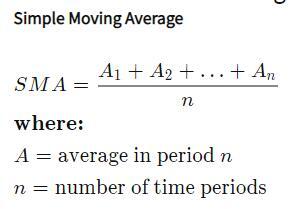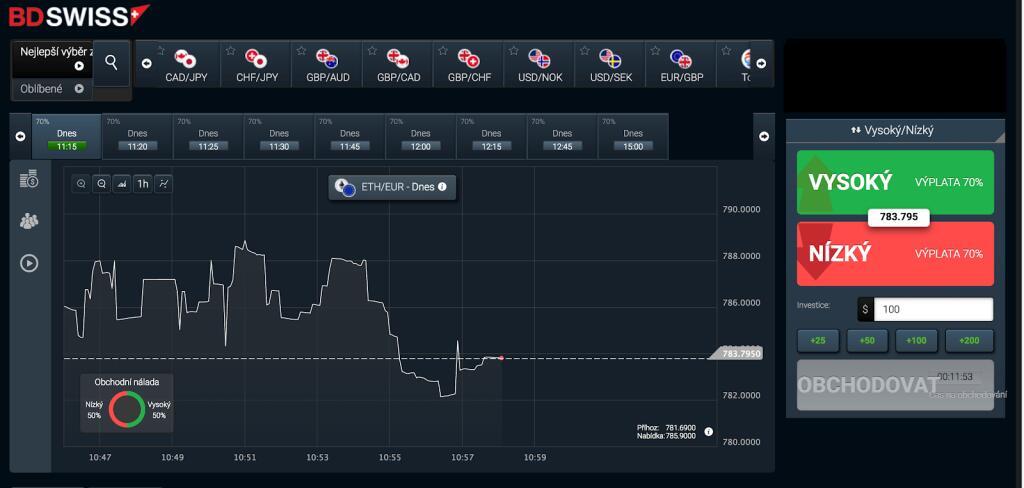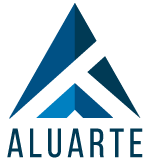- Ingeniería y Servicios Aluarte
- 938 384 2000
- contacto@aluarte.com.mx
Balance Sheet Format for Construction Company in Excel
Продажа брокерских компаний от собственников в России Безопасно продать и купить брокерскую компанию в России Покупка бизнеса под ключ для себя без посредников, дешево и быстро Жми!
noviembre 19, 2021LimeFX разводят на деньги: Pocket OpLimeFXn это развод? Отзывы о брокере Это развод
diciembre 16, 2021Balance Sheet Format for Construction Company in Excel

Efficiency ratios assess how well a company manages its assets and liabilities, focusing on how these assets generate revenue. For all of the values used in an efficiency ratio, it’s important to look at the same range of time. Leverage ratios look at how a company finances its assets and operations — whether through debts or investments. Since businesses rely on a mixture to operate, https://online-accounting.net/ leverage ratios allow owners to see if their company is relying too much on debt. To find the quick ratio for his company, we’d add his most-liquid assets ($80,000 + $20,000) and divide them by his current liabilities to find his quick ratio of 0.5. Since this is less than 1.0, Matt doesn’t have enough assets he can quickly convert to cash to cover his current liabilities.
- These kind of typos actually happened to me while I was writing this, it’s easy.
- The higher the equity turnover ratio, the more efficiently shareholders’ equity is being used.
- Assets include your bank accounts, accounts receivable (customer invoices you haven’t collected yet), inventory, and any fixed assets you own (vehicles, buildings, equipment, etc.).
- Surety companies providing construction bonds typically require an income statement from a contractor in order to qualify.
- The surety uses the income statement and other financial statements to assess the stability of the company and determine their bonding capacity.
These materials were downloaded from PwC’s Viewpoint (viewpoint.pwc.com) under license. PwC refers to the US member firm or one of its subsidiaries or affiliates, and may sometimes refer to the PwC network. This content is for general information purposes only, and should not be used as a substitute for consultation with professional advisors.
Controlling costs with construction accounting
They are 60 days behind on our payment yet they are refusing to give us… Accounts include retained earnings (a carryover from profit from prior years), stock shares, and shareholder investments. Many of the habits acquired by best-in-class contractors in recent decades will continue to be cornerstones of their success. One such habit is the intentional management of the corporate balance sheet. Financial statements aren’t that boring or scary – once you know what you are looking at. In fact, they can be a great tool to help keep your construction company in the black.

To fully appreciate and understand this form of construction accounting it is best that you have some background knowledge before your read this balance of this article. Also, the information I present here is detailed and lengthy; so please bear with me as you read this. Before we begin, please read the following articles so you have some background related to this article.
3 Capitalized interest
Ensure that you meet your financial obligations and solvency goals with this easy-to-use monthly balance sheet template. Enter your assets — including cash, value of inventory, and short-term and long-term investments — as well as liabilities and owner’s equity. Completing the form will provide you with an accurate picture of your finances. Ultimately, financial statements can help contractors improve their cash flow. These statements provide a snapshot of how your construction business is doing financially. They can help you spot and solve cash flow problems or worrisome trends before they impact your business.
Once we have the POC, we multiply that value by the Contract Value to get the percentage of the contract you should be invoicing based on how much of your budget you’ve spent. Then, previously Billed Revenue gets subtracted to avoid repeat billing. When calculating construction work in progress, the Actual Cost divided by Budget Cost represents Percentage of Completion (POC), so you can see how far along you are. Matt has a working capital ratio of 5.0, meaning every dollar of working capital is only supporting $5 worth of sales growth. It can be sold at a later date to raise cash or reserved to repel a hostile takeover.

Below is an example of a complete balance sheet and shows these left and right sections and the fact that they must balance (ie the bottom of the left must equal the bottom of the right). Before considering the benefits of a good balance sheet, we must first understand exactly what it is. Construction Work-in-Progress is often reported as the last line within the balance sheet classification Property, Plant and Equipment.
Limitations of a Balance Sheet
Enter your total current, fixed, and other assets, total current and long-term liabilities, and total owner’s equity, and the template will automatically calculate your up-to-the-minute balance. You can save this daily balance sheet template as individual files — with customized entries — for each day requiring balance insights for any 24-hour period. The financial statement only captures the financial position of a company on a specific day.
Both of these companies will take a close look at a construction company’s business practices and financial stability before entering into a relationship with them. For example, if you find that you have a high level of accounts receivable and aren’t collecting payments within your credit terms, you can change things to improve your collections. Several financial key performance indicators (KPIs) and ratios can be calculated based on the values in the balance sheet. We’re going to look at what a balance sheet is, what information is included in it, how to prepare it, and how to analyze this document to help make business decisions. We’ve also included examples from other companies, and a simple template you can use to make your own.
Step 5: Insert Current Liabilities
You can also edit the template to include whatever details you need to provide for renting, refinancing, home-equity lines, and possible eventual sale of your investment property. In short, the balance sheet is a financial statement that provides a snapshot of what a company owns and owes, as well as the amount invested by shareholders. Balance sheets can be used with other important financial statements to conduct fundamental analysis or calculate financial ratios. Surety companies also use information from this and other financial statements to make decisions on bonding capacity for construction companies and others that need to provide bonds. Sureties look for companies with a positive net worth and enough cash to cover their current expenses. Knowing your right ratios and understanding benchmarks by using your balance sheet will allow you the opportunity to pursue investment opportunities with confidence.
Fitch Maintains EQM Midstream’s IDR on Rating Watch Positive – Fitch Ratings
Fitch Maintains EQM Midstream’s IDR on Rating Watch Positive.
Posted: Tue, 29 Aug 2023 07:00:00 GMT [source]
The goals should be developed in collaboration with your financial partners, such as bonding agents, sureties, and banks. If your income is being recognized on a percentage-of-completion basis, then you need to set up a WIP report so you can reconcile your billings and costs every month. The report helps you recognize if you have overbilled (front-loaded income) or underbilled on each project and by how much. Add or subtract the cumulative total of these over and under billing amounts from your reported income for the period. This adjustment takes away the advantage of overbilling or underbilling and helps to more accurately reflect your income based on the status of your projects. Analyzing your income statement over months or years can be very educational.
Working capital leverage, tangible working capital leverage, equity leverage, return on equity, and return on assets should be cornerstones of your balance sheet-focused benchmarks. Cash as a percentage of revenue is also an important ratio to include in your balance sheet goal setting — many successful contractors aim for 5% of revenue in cash. If this is so important, why aren’t balance sheet projections a more common practice? Well, projecting the balance sheet is more complex than just forecasting revenue, gross margin, net income, and cash flow. The good news is that if you can project revenue, gross margin, net income, and cash flow, then you have all the elements needed to project the balance sheet. Cash flow projections are simply the exercise of converting net income to cash flow through the customer billing cycle and the employee/vendor/subcontractor payment cycle.
A balance sheet is one of the most important tools for investors and business leaders. It can assist them in understanding a company’s financial condition and performance. The statement is part of the main financial statements companies create, along with a balance sheet and cash flow statement. The balance sheet shows a company’s assets and liabilities, the cash flow statement shows how cash came in and left, and the income statement shows a company’s profits. Balance sheets not only reflect assets, liabilities, and equity as of a moment in time.
Summary – Construction in Process Accounts
The chart below shows balances of backlog, working capital, tangible working capital, and the related revenue in backlog multiplier and leverage ratios. The number and name of these accounts will vary by the type of what is the 3-day rule when trading stocks company (corporation, partnership, or sole proprietor). Retained earnings are included in this section and are the accumulated profits over the life of the company, less any dividends or withdrawals by ownership.

